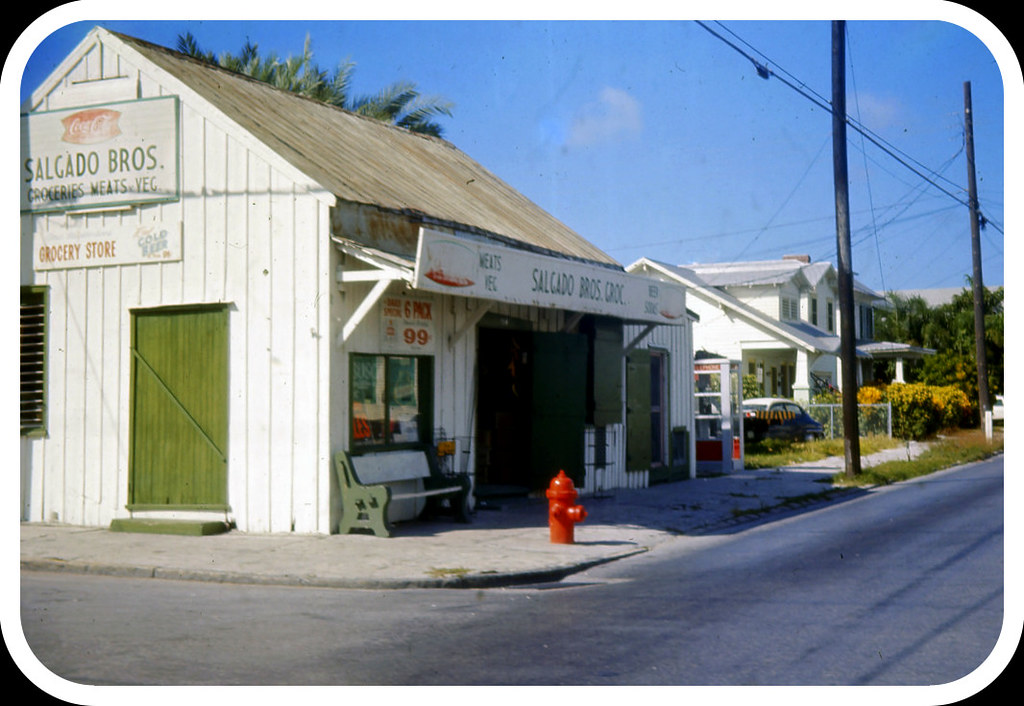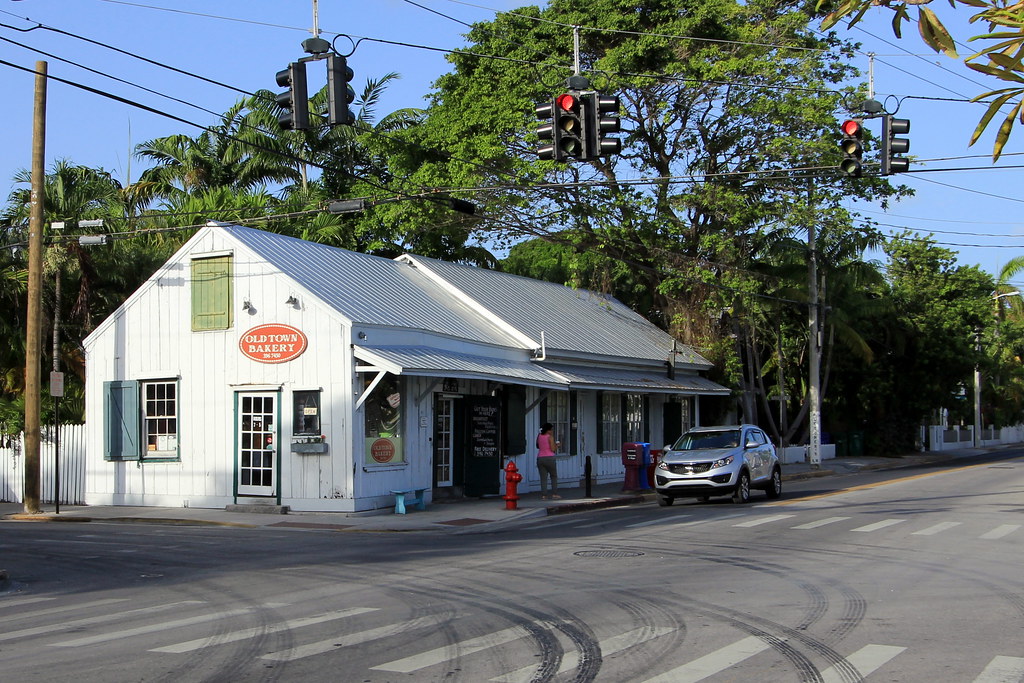I reveled watching IN THE HEIGHTS on Netflix. It will make you want to sing and dance and care about someone other than yourself. You will smile and wonder how they did that. The production, photography, scenery, acting, singing, and dancing are memorable. Much of the principal action takes place in a bodega - a small grocery store especially in a Spanish speaking neighbor hood. This particular bodega is the heart of the neighborhood which is changing. The plot deals whit the lives of the people who live in that neighborhood and how they adjust to the changes in their community.
The move got me thinking of all the old bodegas in Key West I had noticed while studying the studying the Historic Sanborn Fire Maps. The Maps shows the houses and commercial buildings between 1889 and 192. The maps chronicled the buildings - the size and location of the buildings, how and where it sat on the lot, and its use; the street names (they sometimes changed); and the particular address (they changed too). The maps often revealed vast areas of land with no building referenced other than as stable, pin, or dairy - all within blocks of Duval Street which is a beehive of commercial activity.
The Maps showed numerous small grocery stores (bodegas), cafes, bakery's, cisterns, and ovens that within a block or so of each other. People lived in tight area and relied on fresh home grown staples, fruits, vegetables, and bread. The elite of 2022 buy high priced fresh shrimp, grouper, and crab which was regular fare a century ago and much more affordable. Other business like sponging, cigar making, and shipping brought cash to Key West to buy the food stuffs. The big business owners lived in grand house The workers lived in little cottages segregated by race and job. Unique to Key West? No. The same thing happened then and now in New York City where In the Height was filmed.
We had lots of bodegas in old Key West. Let's take a look back and an occasional present day photos. The people that lived here 130 years ago did not have cars and probably not bikes. They walked to their nearby places of work and shopped at nearby stores. Over the years they were converted to other uses.
829 Simonton Street - Corner of Olivia Street at Simonton Street. I remember buying a sandwich in this bodega on Superbowl Sunday 1987. It was one of the few times I went inside way back in the day. Later I wrote about it after it was renovated and then became a bank owned property. A Realtor bought it then sold it. Today it is a spa and apartment building.
1221 Duval Street Corner of Duval at Louisa Street
The Conch house at the corner of Duval Street and Louisa Street eventually became a coffee and tea shop that also sells high priced rolls and sandwiches.
Salgado Bros. eventually became Old Town Bakery which sells amazing baked goods at amazing prices. Not complaining. They do it right.800 Olivia Street has been a bodega all of its life. The original building was taken down and replaced by a concrete block building. The good thing is there is a Robin Bailey collectable that commemorates what used to be.
The Sanborn maps show a bodega and a community with an oven behind it and a cafe nearby. There was a cigar factory around the corner where the factory and worker cottages were. The cottages were often very small and did not have kitchens as we know them. Workers and families may have taken their meals at the bodega, a cafe, or a bakery or bought bread and tookit home.
Key West used wells and cisterns as water supply for decades until potable water was brought in from up north. The Sanborn Maps noted the location of cisterns public and private. .The first property I owned in Key West was 511 Eaton Street - Eaton Lodge Guesthouse. The property was previously owned by Dr. Warren. The house was grand in its day and included matching Venetian chandeliers, a huge safe, and three cisterns including one at the rear which reached two stories high.
I had no idea how much maps could teach us about the lives of people from earlier generations simply by identifying the size, use, and location of houses and buildings. I listed 1007 Thomas Street a week ago. The 1889 map shows the adjacent neighboring building on the corner was a Negro bar. Subsequent maps showed the building as a Chinese laundry. The maps are peppered with ethnic references as to the ownership or use by ethnic groups.
I have been away the past few days. I am back now and hope to have more houses to write about soon. In the meantime Happy Valentines Day.











 --
--





No comments:
Post a Comment